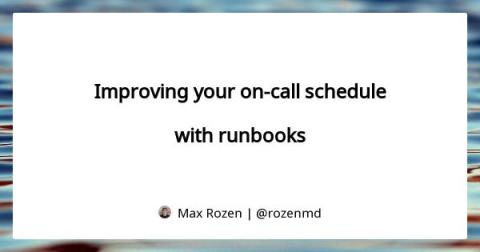The engineering on-call experience: misconceptions, lessons learned, and how to prepare
The on-call experience is sometimes a dreaded one for software engineers. Those late-night alerts and frantic Slack messages, after all, don’t exactly sound pleasant. But what’s an on-call shift really like? Is that perception of constant fire-fighting and 3 AM wake-up calls actually realistic? Michael Mandrus and Owen Smallwood, both senior software engineers here at Grafana Labs, wanted to set the record straight.











